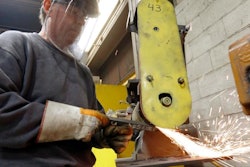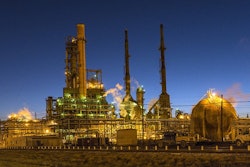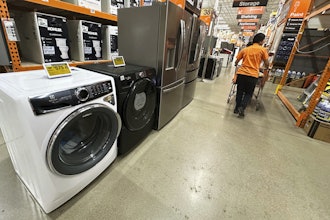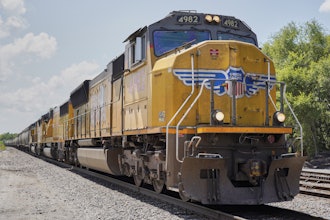According to Jon Schultz of Westfalia Technologies, Inc., there is a crisis on the trucking and shipping side of things, and it is beginning to take a toll on manufacturers and change the way warehouses and manufacturers need to operate.
“It is getting more and more difficult to find reliable trucking these days and a lot of customers are beginning to say that we just can’t rely on the truck being there,” explains Schultz. “They may be scheduled, but they may or may not show up. They may drop the order and say they aren’t doing it because they found a better deal, and are taking a different load for a different customer. That is just the reality of trucking these days.”
According to the American Transportation Research Institute, many of these issues can be attributed to driver shortages. With the exception of 2009, truck fleets have been reducing capacity in both drivers and trucks every year. And if the shortage continues the industry could be facing a gap of approximately 240,000 between driver supply and demand by 2022.
READ MORE: 3 Ways to Gain Full Visibility and Control of Supply Chain Operations
“The issue continues to generate significant industry press coverage as fleets and their customers continue to experience a capacity crisis due to the shortage of qualified drivers,” reports the American Transportation Research Institute in an annual report. Unfortunately, the problem is not just effecting the trucking industry. It is also effecting manufacturers and as a result is changing the way they must automate and fill orders.
“What we have done is really look at the problem, and figured out how we could help our customers,” explains Schultz. “How can we eliminate the tension time? How can we prepare those orders just in time, instead of in advance? Because if you prepare them in advance, and the truck doesn’t show up, you have just clogged up your warehouse, and you have product with nowhere to go.”
Due to these new demands, successful automation must provide manufacturers with a way to fill orders quickly and efficiently, instead of days in advance. Schultz explains that Westfalia Technologies, Inc. has begun to produce automation that is following this trend.
Schultz explains that successful solutions need to provide automated ways to operate a warehouse, provide throughput and outbound capacity at much higher rates than manual workforces and have a space-saving focus. “All of those combined factors allows us to fulfill orders just in time, as opposed to a conventional method,” says Schultz.
This issue with trucking also shows how the industry as a whole and industrial automation is shifting. “The industry itself is going toward order fulfillment, dealing with the complexity of orders right now,” explains Schultz. “That’s where in general the material handling industry is going — order fulfillment space. Before it was all about storage but now it is becoming more about filling complex orders.”
What Do You Think?
Have you experienced trouble in relation to trucking and shipping at your facility? Do you think on-demand order fulfillment is an adequate fix to the problem? Share your thoughts below.






















